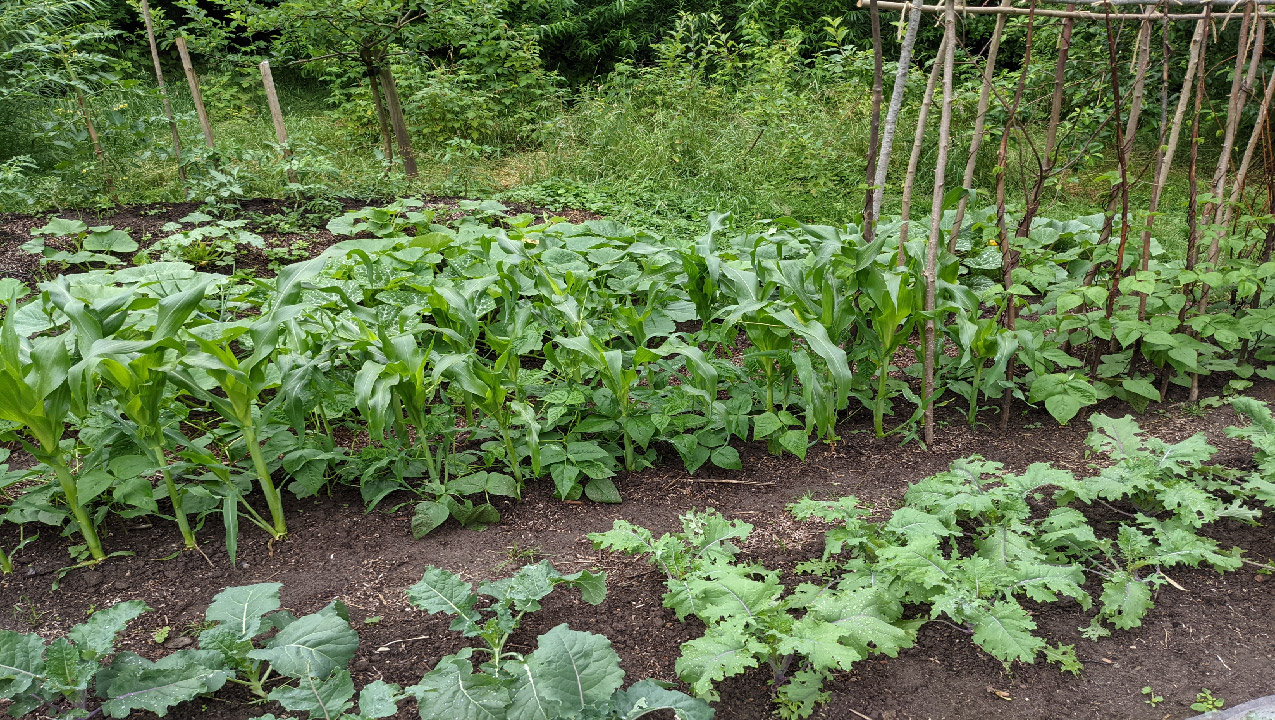5 Survival Garden Crops
Jun 21st 2023
Though the world may not come to an end any time soon, it's always a good idea to be prepared and build up your survival skills. Even if it isn't the first skill to come to mind when you think of wilderness survival or ‘preppers' (people who are preparing for potential catastrophes to happen in the future), gardening is an essential skill to have in many different survivalist scenarios. There are many variables to consider before starting your emergency garden, first being your climate. The following suggestions are geared towards the temperate climate found in much of the United States. Whether you're looking to embrace rural living and grow your own food, or you want to escape from civilization before the next crisis hits, here are five of the best survival garden crops you can grow to sustain yourself long after any turmoil begins.
Preparing Your Garden
Though we will focus on the best five crops to grow in emergency situations, it is unlikely that you and your family would be content to simply eat five foods in different combinations for months or even years. The easiest way to protect against that possibility is to invest in perennial plants that grow year after year without any extra input from you. These include things like fruit and nut trees, herbs, veggies like asparagus and Jerusalem artichokes, and berry bushes. Perennials may not fruit the first few years, so it's probably a good idea to get them started as soon as you can.
From here, you will want to focus on laying the foundation for the most filling and nutritious annual crops you can grow. Get your soil tested to ensure it's of high quality, and if it isn't, start adding soil amendments like compost, worm castings and bone meal, depending on what it needs. If you would prefer to start with fresh soil, build your raised beds, fill them with compost and cover them with mulch to ensure weeds are minimal and water stays in the soil longer.
- Sweet Potatoes
The best survival food to grow is sweet potatoes. Calorie dense and nutritious, sweet potatoes can keep you going for a long time and work well with a variety of different foods and flavors. When thinking about how to combine preparedness and gardening, be sure you have enough space because each sweet potato start can yield about 1-2 pounds at the end of the season.
- Potatoes
Though they share part of a name, potatoes and sweet potatoes have very different flavor profiles. They can be cooked similarly, and both offer a great source of calories. There are hundreds of potato varieties in all different colors. Some may grow better in your area, so it is important to do research before purchasing your starts.
- Beans
Beans offer a great source of protein and micronutrients that can be hard to find otherwise in a survival situation. Easy to grow and extremely shelf-stable, beans will last a long time in your pantry, just waiting to provide an excellent source of food. Beans are also one of the ‘three sisters,' a traditional planting pattern that indigenous people used to increase yields. It was planted in tandem with the following crops.
- Corn
Often overlooked in home gardens because of its ability to be grown cheaply on an industrial scale, corn is an excellent source of calories and nutrients. There are many heirloom varieties out there that don't require the massive amounts of pesticides and herbicides conventional corn does, and that allow you to keep and save seeds for the following years. Heirloom corn can come in many colors and adds a delicious source of food ready for late summer and autumn.
- Squash
Squash is the third sister and offers a calorically dense source of food with some varieties that will last for months when properly stored. Summer squash and zucchini produce abundantly in the height of summer, while butternut squash and acorn squash are ready closer to fall. Providing many nutrients, squash is another great source of food for your survival garden.
Though we only highlighted five crops here, there are many more that would make great additions to your garden if you have the space. For example, tomatoes produce delicious flavor and carrots offer necessary nutrients. If you have a favorite fruit or vegetable, it's likely worth it to try and grow it because you know you will eat it, the most important reason to grow anything in your garden. Remember, it's important to hone your skills now so you are ready and confident in your abilities should the survival garden become a necessity in the future.

